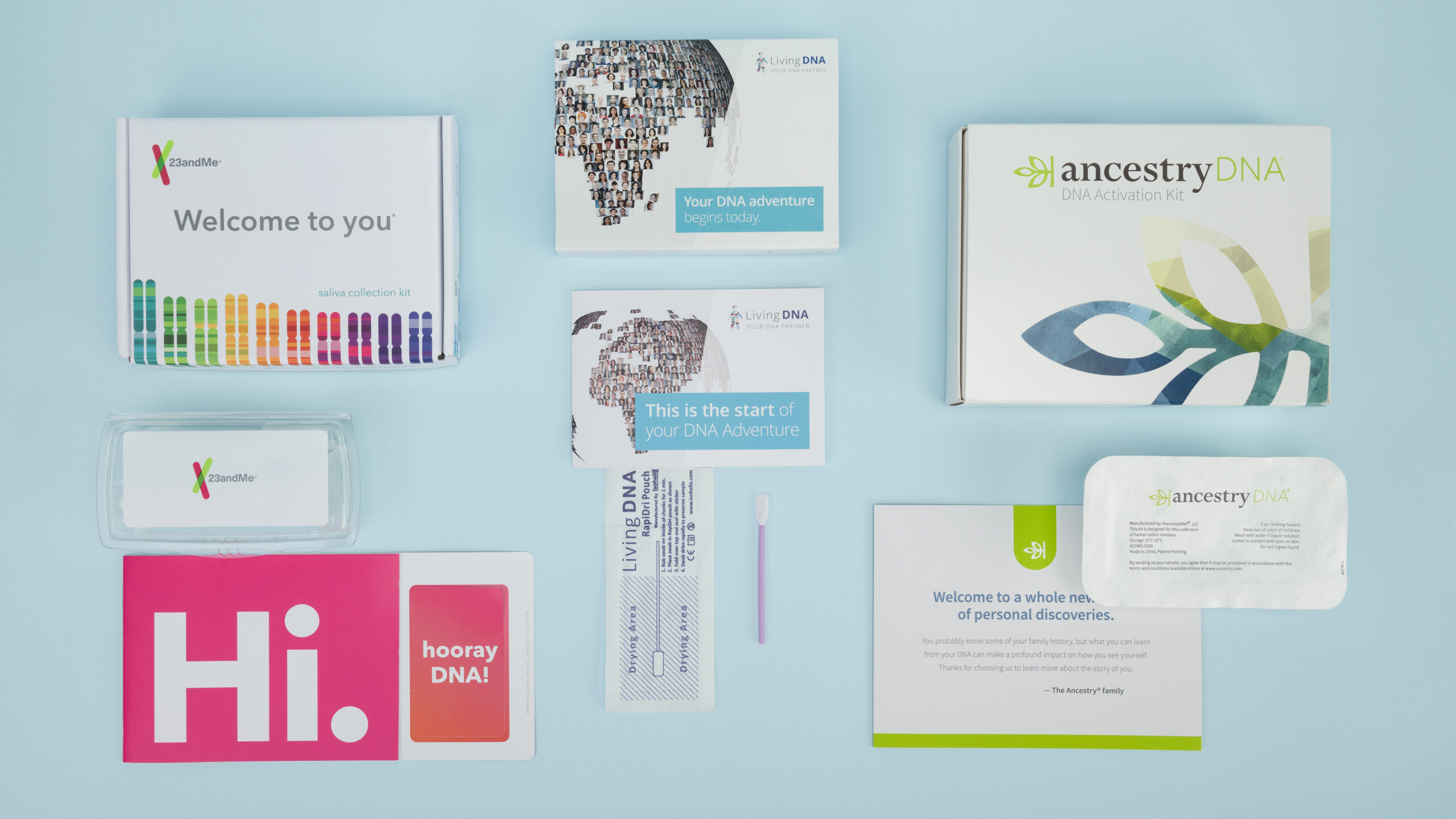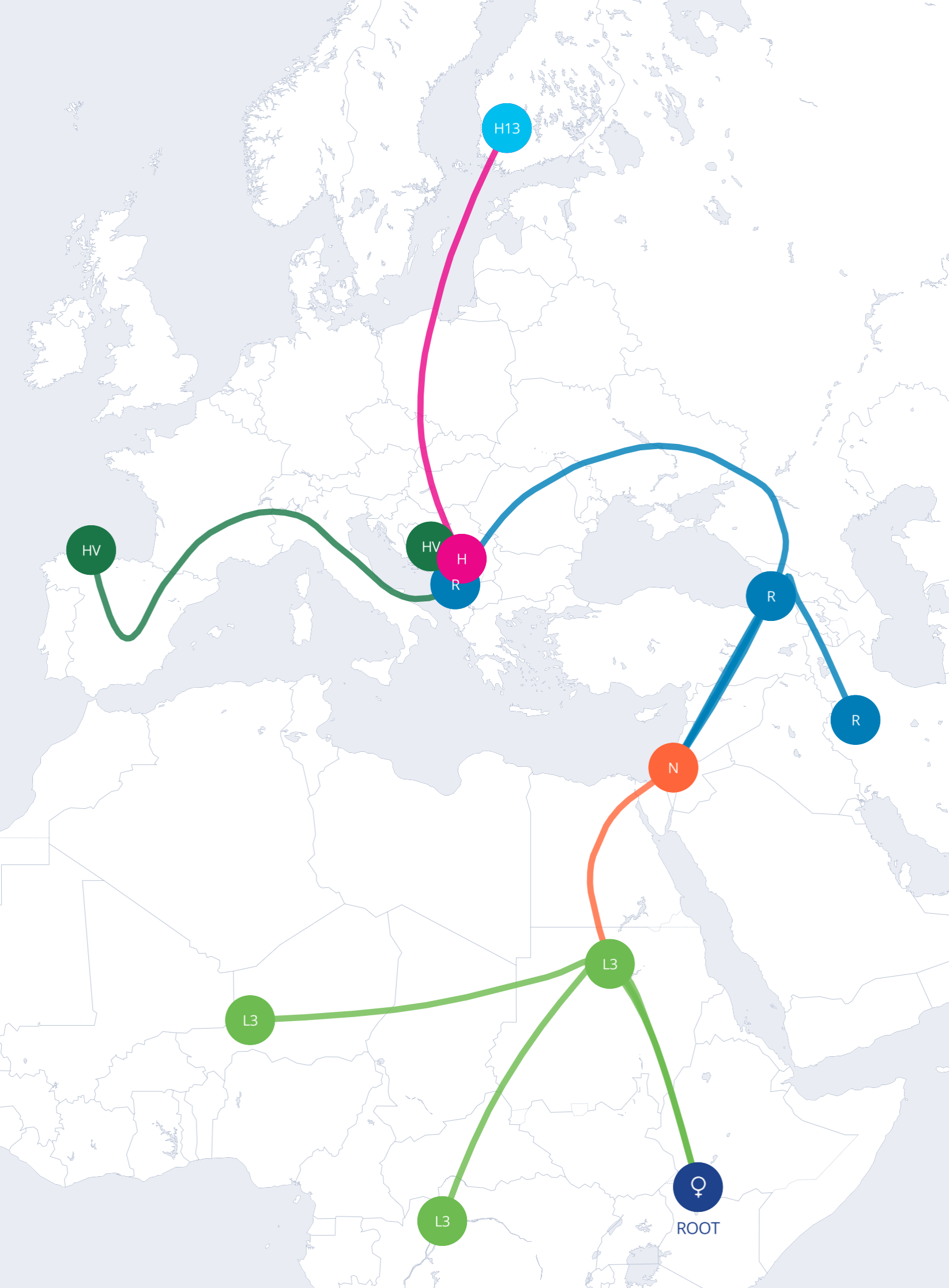In This Article
In This Article
Ribonucleic acid (RNA) and Deoxyribonucleic acid (DNA) are considered the most important molecules in cell biology. They are in charge of storing and reading genetic information that supports life.
RNA and DNA are linear polymers made up of bases, phosphates, and sugars. However, there are key differences between the two molecules.
In this article, we’ll talk about how these molecules work together, what makes them different, and their role in our biological functions.
DNA’s biological roles are vital for inheritance, protein coding, and providing instructions for life and its many processes. Meanwhile, RNA has a broader range of functions, from translating genetic information to gene activity regulation for development, cellular differentiation, and changing environments.
RNA and DNA are made up of building blocks called bases (which connect into base pairs), phosphates, and sugars. However, they're not the same, and those differences are what make them a great team in human cells.
Know Your DNA Reviews

Don't miss out on the opportunity to learn more about yourself. Read our best DNA test page to find the best one for you.
A DNA strand is responsible for replicating and storing genetic information. Meanwhile, RNA is responsible for the conversion of genetic information found inside DNA to a format used for the synthesis of protein.
Other differences include:
DNA’s remarkable stability lets it preserve genetic information across generations, perfect for ancestry research, forensic science, and genetic health testing. If you’re curious about your genetics, check out our article on how DNA tests work for the fascinating details.
Complementary base pairing describes how DNA and RNA form pairs by binding to each other. In DNA, there are four nitrogenous bases: adenine (A), thymine (T), cytosine (C), and guanine (G).
In RNA, thymine (T) is replaced by uracil (U). These bases pair together in a highly specific manner:
The complementary base pairing is essential for the processes of DNA replication and transcription.
Your cells follow a process called the Central Dogma. Through this process, DNA makes identical copies of itself (replication) to ensure each cell receives a complete set of genetic information.
Transcription is the process in which DNA is used as a template to create an RNA molecule, specifically messenger RNA (mRNA). Ribosomes then use mRNA instructions to assemble proteins from amino acids (translation).
Complementary base pairing helps keep the fidelity of genetic information transfer, ensuring that the genetic code is accurately preserved during DNA replication and transcription processes. In a way, it helps prevent errors in genetic information.
DNA molecules appear as a spiral with two long strands. They are so long that they cannot fit inside the cell.
To be able to do so, they are tightly coiled and connected at each base pair, producing chromosomes. Each chromosome has one DNA molecule.
The different types of DNA include:
RNA is considered a vital nucleotide found in all living cells, with long chains of nucleic acids. It’s a single-stranded molecule that acts as a “messenger,” forwarding instructions from DNA to control protein production.
Not all of the genes in cells are expressed into Ribonucleic acid; only some are. The types of RNA are as follows:
Aside from these four, other types of RNA continue to revolutionize molecular biology as we know it. These include siRNA (small interfering RNA) and miRNA (microRNA).
Research in molecular genetics highlights how RNA’s shape-shifting ability enables critical reactions within cells.
Now that you understand how DNA and RNA works, feel free to explore your DNA further. Check out our comprehensive beginner’s guide to genetic testing for a deeper understanding of your own genetics.
Know Your DNA Reviews

Looking for a DNA test that's accurate and can tell you about your health and heritage?
